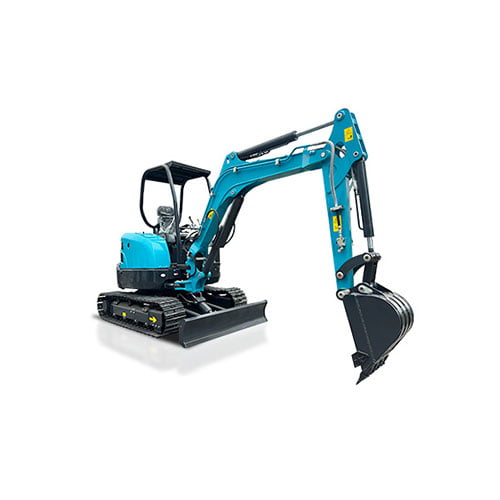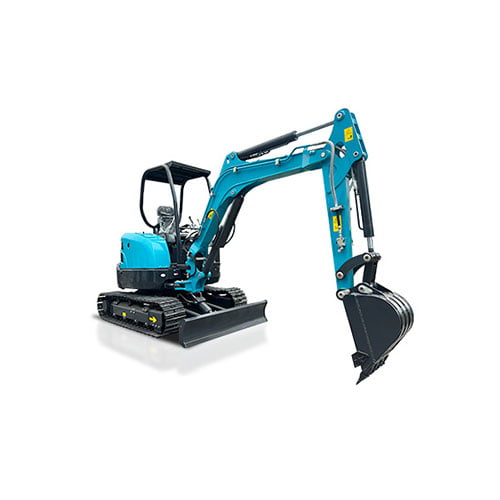Bienvenido a mi blog
Antes de sumergirnos en el contenido, me encantaría que te unieras a mí en mis plataformas de redes sociales, donde comparto más ideas, participo con la comunidad y publico actualizaciones. Así es como puedes conectar conmigo:
Facebook: https://www.facebook.com/profile.php?id=100072217509763
LinkedIn: https://www.linkedin.com/company/74949059/admin/dashboard/
YouTube:www.youtube.com/@tractormanufacturer-lc5qz,www.youtube.com/@fabricantes de excavadoras-sn9hk
TikTok: www.tiktok.com/@tractorfabricante, www.tiktok.com/@fabricantes de excavadoras
Empecemos nuestro viaje juntos. Espero que encuentres el contenido aquí perspicaz, atractivo y valioso.
Índice
Introducción

In the forestry and wood handling industry, efficiency is key to success. One of the most valuable tools for achieving this is the log grapple. Designed to simplify the process of lifting, moving, and stacking logs, a log grapple can significantly enhance productivity when used correctly. However, many operators fail to unlock its full potential due to a lack of knowledge or improper techniques. In this blog, we’ll explore five actionable steps to help you maximize productivity with a log grapple, ensuring you get the most out of this powerful tool.
Step 1: Choose the Right for Your Needs
Selecting the appropriate attachment for log handling is the first crucial step toward enhancing your productivity. Not all attachments designed for lifting and moving logs are the same, and the right one for your operation depends on several factors, including the size and weight of the logs, the machinery you’re using, and the tasks you need to perform. With the proper equipment, you can significantly improve the efficiency of your operations.
Consideraciones clave
- Log Size and Weight: It’s essential to ensure that the attachment you select can comfortably handle the size and weight of the logs you typically work with. Whether you’re handling small, medium, or large logs, the right tool will provide better control and safety while preventing unnecessary strain on your machinery.
- Compatibilidad: One of the most important factors is ensuring that the attachment is fully compatible with your excavator, loader, or any other machinery you’re using. Compatibility ensures that the grapple functions efficiently and effectively with your specific equipment, maximizing its potential.
- Durabilidad: Working in tough environments requires robust and durable equipment. Choose a log-grabbing attachment made from high-quality materials that can withstand harsh working conditions, including heavy-duty use and exposure to the elements. This will reduce wear and tear, prolong the life of your machinery, and ultimately save you money on repairs and replacements.
By investing in the correct attachment, you’ll lay a solid foundation for smooth and efficient operations. This initial investment can lead to higher productivity, reduced downtime, and a safer working environment.
Step 2: Properly Maintain Your Log Grapple
Regular maintenance is crucial to keep your log grapple in optimal condition. Neglecting maintenance can lead to downtime, reduced efficiency, and costly repairs.
Essential Maintenance Tips
- Inspect Regularly: Check for wear and tear, especially on the grapple’s jaws and hydraulic components.
- Lubricar las piezas móviles: Apply grease to hinges and joints to ensure smooth operation.
- Limpiar después de usar: Remove debris and dirt to prevent corrosion and damage.
A well-maintained log grapple not only performs better but also has a longer lifespan, saving you time and money in the long run.
Step 3: Master the Art of Log Handling
Efficient log handling is a skill that can significantly impact productivity. Learning how to maneuver the log grapple effectively will help you complete tasks faster and with greater precision.
Tips for Effective Log Handling
- Posicionamiento: Align the grapple properly with the log before gripping to avoid multiple attempts.
- Control: Use smooth, controlled movements to prevent dropping or damaging logs.
- Stacking: Organize logs neatly to save space and make retrieval easier.
Practicing these techniques will help you become more proficient and efficient in your operations.
Step 4: Optimize Workflow with Smart Planning

A well-organized workflow can dramatically enhance productivity. By carefully structuring your tasks and minimizing unnecessary movements, you can maximize the efficiency of your log-handling equipment. Smart planning ensures that you make the most of your resources, reducing wasted time and effort while increasing overall output.
Workflow Optimization Strategies
- Task Sequencing:Strategically planning the order of tasks can greatly minimize travel time between different locations within the worksite. By determining the most efficient route for each task, you reduce the need for excessive movement, making your operations smoother and faster. This also reduces fuel consumption and operational costs.
- Zone Division: Dividing the work area into clearly defined zones helps streamline operations by assigning specific tasks to different areas. This approach not only organizes the site better but also allows workers to focus on particular tasks, reducing the time spent moving materials and improving workflow efficiency. Well-defined zones help eliminate confusion and enhance the speed of operations.
- Team Coordination: Clear and effective communication among team members is key to avoiding delays. Ensuring everyone is on the same page can prevent overlap of tasks, minimize mistakes, and keep the project on track. By coordinating efforts and assigning roles based on expertise, your team can work more efficiently, ensuring no time or resources are wasted.
Smart planning ensures that your equipment, including log-handling tools, is used to its maximum potential. By optimizing how you organize the worksite and delegate tasks, you can reduce downtime and boost your team’s productivity.
Step 5: Leverage Technology for Enhanced Performance
Modern log-handling attachments often come equipped with cutting-edge features that can further improve performance and productivity. By taking advantage of these technological advancements, you can achieve superior efficiency and gain a competitive edge in your operations.
Technological Features to Look For
- Sistemas hidráulicos: Modern hydraulic systems provide better control and precision, allowing for smoother handling of heavy loads. These advanced systems enhance the grip and control of the machinery, reducing the risk of accidents and improving operational efficiency, even in demanding conditions.
- Rotational Capabilities:Many modern attachments offer rotational features that allow for greater flexibility in positioning the logs. With the ability to rotate, operators can adjust their approach without needing to reposition the entire machine, making it easier to move and place logs in a variety of configurations. This flexibility improves the speed and accuracy of operations.
- Remote Monitoring:Some advanced equipment comes with remote monitoring capabilities that provide real-time data on performance and maintenance needs. This technology allows you to track the condition of your tools, detect potential issues before they become problems, and ensure that everything is running smoothly. Monitoring systems help schedule maintenance efficiently, reducing downtime and ensuring optimal performance.
By embracing these technologies, you can take your log grapple operations to the next level.
Comprender Pinza para troncos Specifications
To help you make an informed decision, here’s a table summarizing key specifications to consider when selecting a log grapple:
| Característica | Descripción |
|---|---|
| Weight Capacity | Maximum weight the grapple can handle |
| Jaw Opening Width | Width of the grapple’s jaws when fully open |
| Rotation | Whether the grapple can rotate for better positioning |
| Material | Type of material used in construction (e.g., steel, reinforced steel) |
| Compatibilidad | Compatibility with specific machinery models |
This table provides a quick reference to ensure you choose a log grapple that meets your requirements.
Common Mistakes to Avoid When Using a Pinza para troncos

Even with the right tools and techniques, mistakes can hinder productivity. Here are some common pitfalls to watch out for:
Mistakes and How to Avoid Them
- Overloading: Avoid exceeding the grapple’s weight capacity to prevent damage.
- Improper Gripping: Ensure the log is securely gripped to avoid accidents.
- Neglecting Maintenance: Regular maintenance is essential for optimal performance.
By avoiding these mistakes, you can maintain high productivity levels and extend the life of your log grapple.
Conclusión
Maximizing productivity with a log grapple requires a combination of the right equipment, proper maintenance, effective techniques, smart planning, and the use of advanced technology. By following the five steps outlined in this blog, you can unlock the full potential of your log grapple and achieve greater efficiency in your forestry or wood handling operations. Whether you’re a seasoned operator or new to the industry, these tips will help you work smarter, not harder, with your log grapple.
PREGUNTAS FRECUENTES
Q1: What is a log grapple ¿para qué se utiliza?
A log grapple is a specialized attachment for excavators or loaders designed to lift, move, and stack logs efficiently.
Q2: How do I choose the right one?
Consider factors such as log size, weight, compatibility with your machinery, and durability when selecting a log grapple.
Q3: Can a log grapple be used for other materials?
While primarily designed for logs, some grapples can handle other materials like rocks or debris, depending on their design.
Q4: How often should I maintain my log grapple?
Regular maintenance should be performed after every use, with more thorough inspections conducted monthly or as needed.
Q5: What are the benefits of using a log grapple?
A log grapple enhances productivity, improves safety, and reduces manual labor in log handling operations.




